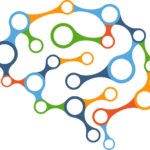When there’s a problem in the brain, it pays to be precise — every millimeter counts with something like a tumor or blocked artery. But it can be extremely difficult to understand the exact shape and size of these things, which makes them difficult to diagnose and treat, as well. But 3D printing a replica of the growth or damage may make doctors better able to do so.
That’s the suggestion made by Dr. Darin Okuda (above), who recently published some work showing the effectiveness of this printing method in diagnosing and understanding brain lesions found in multiple sclerosis patients.
Okuda’s team analyzed MRI scans of MS-affected brains and printed exact copies of the lesions, or damaged areas, detected in them. These were given to people who would normally have just used 2D images or a 3D reconstruction on a screen to diagnose or monitor this type of thing. Read on.




